Here in Aichi, blossoming plum trees mark the beginning of spring. We had a rather late start and short season this year but I was able to visit two places: the Nagoya Agricultural Center in Nagoya and Bairin Park in Gifu.

I had to look up the difference between plum and cherry trees since I’m not much of a horticulturist in the slightest.
The extent of my agriculture knowledge is limited to describing size (small, medium, big), type (plant or flower), and color. That’s about it, although I have been testing my green thumb with a small lucky bamboo and potted plant that I’ve managed to keep alive for over a year now. But I can’t even tell you the name of my non-bamboo plant. It’s small and has pink spotted leaves. That’s it.


Plum Trees vs. Cherry Trees
Anyway, back to plum trees versus cherry trees; I found a helpful guide on the Vancouver Cherry Blossom Festival‘s website that helped differentiate the two.
Here are the basic ways to tell plum and cherry trees apart:
1. Smell
Plum tree: fragrant smell
Cherry tree: faint or non-existent smell
2. Petals
Plum tree: no split at the end of petals



Cherry tree: split at the end of petals


3. Trunk Bark
Plum tree: dark, no horizontal lines
Cherry tree: grey, horizontal marking lines
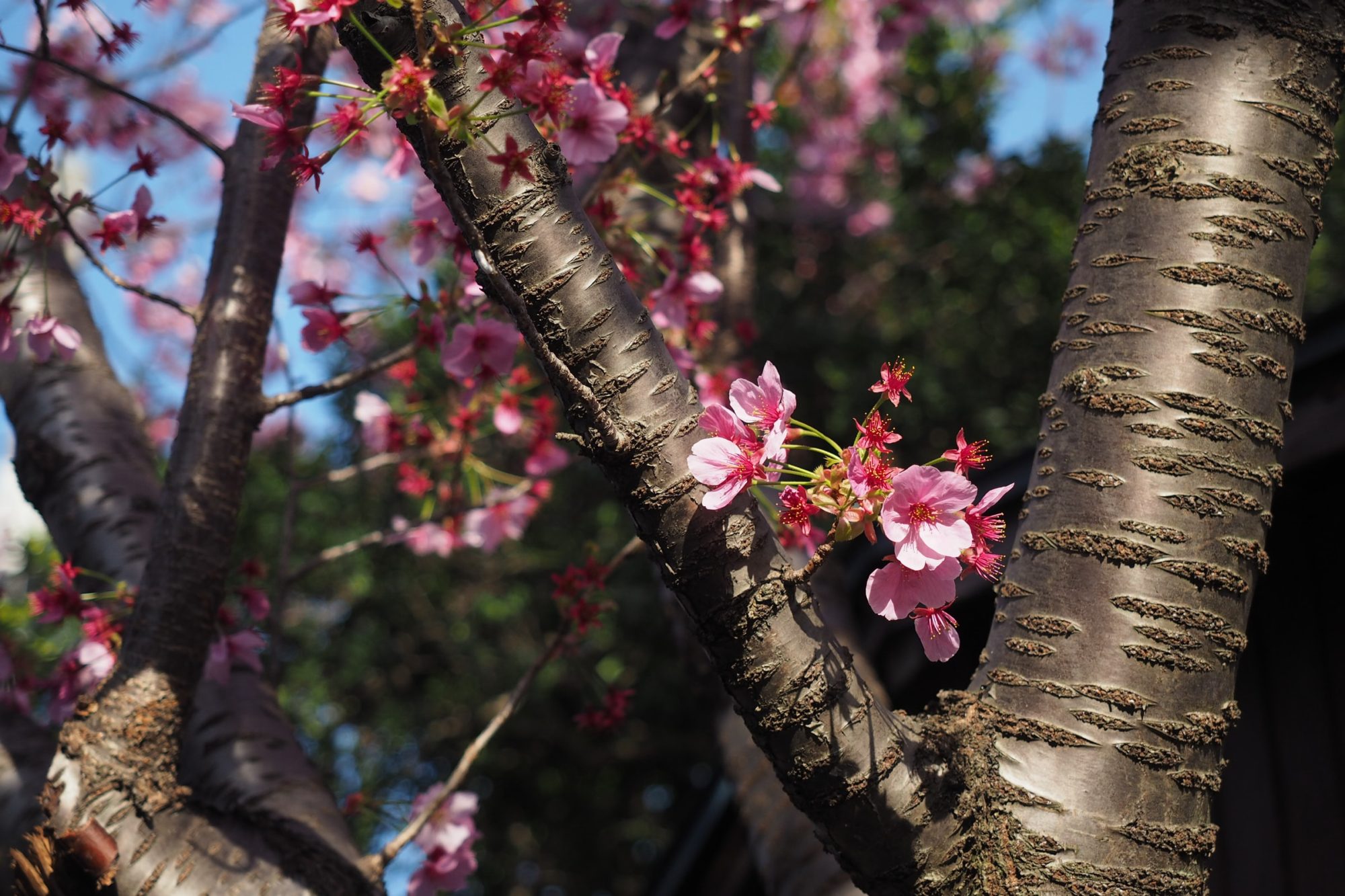
4. Buds
Plum tree: round, one blossom per bud
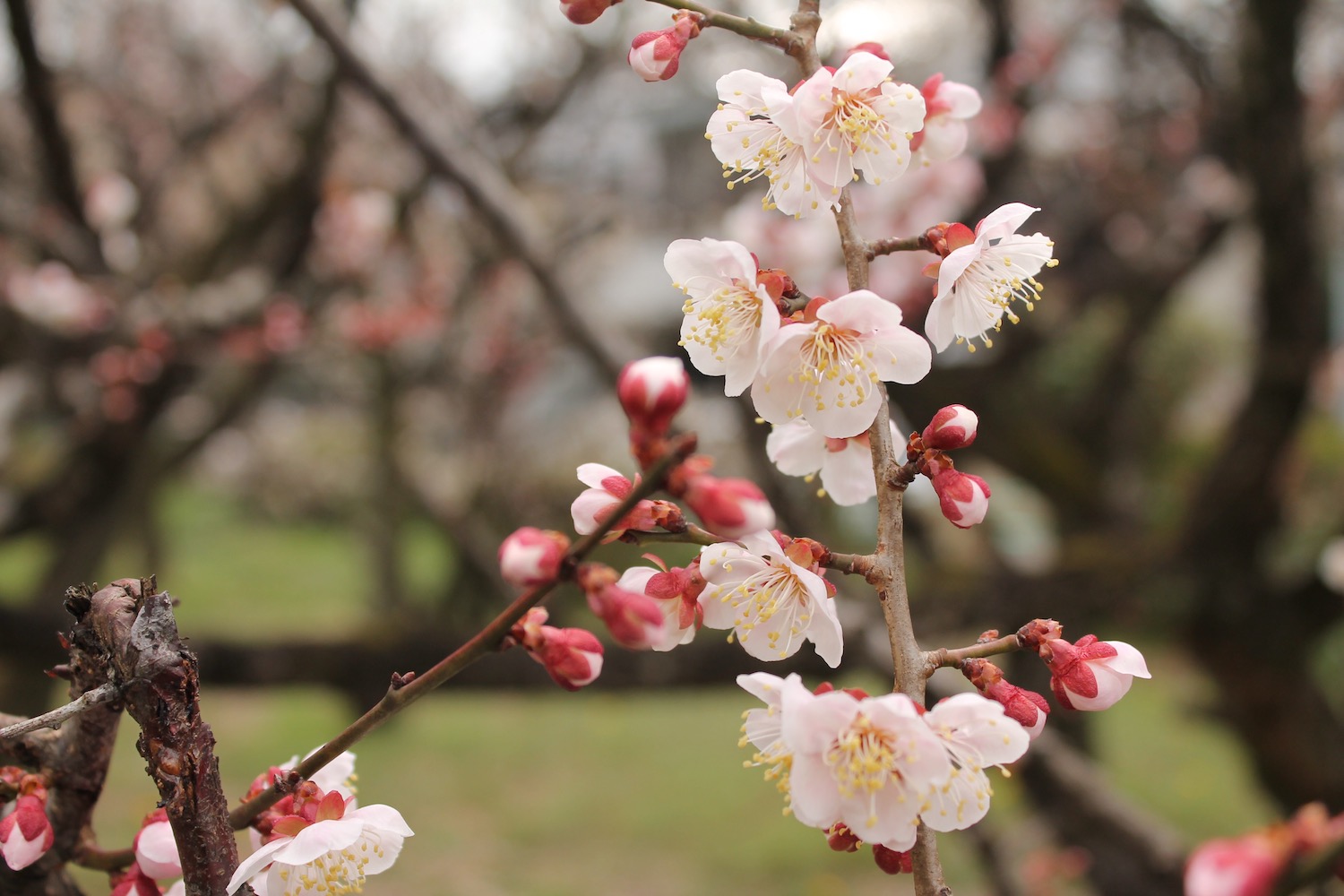
Cherry tree: oval, multiple blossoms per bud


With cherry blossom season currently in full swing, I find myself constantly checking each tree that I come across to test my newfound plum and cherry tree knowledge, even if it means climbing through shrubbery in broad daylight in a park full of grannies staring at you. Just your average blossom-chasing enthusiast, that’s all.
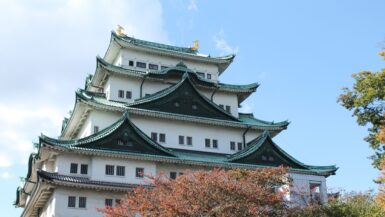
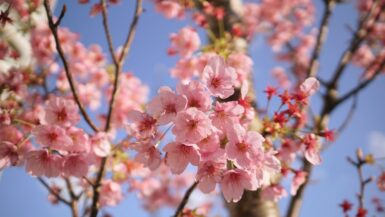

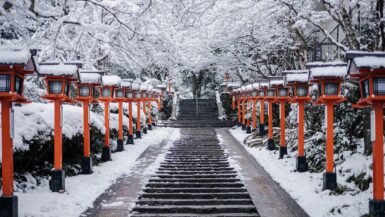
Leave a reply